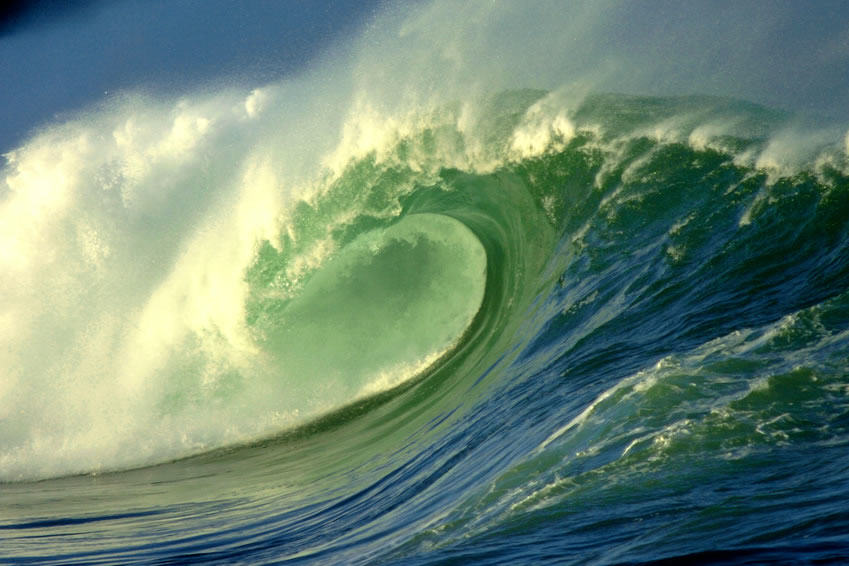How Surfing Began – and How to Make a Surfboard in Ancient Hawaii
The word Hawaii is synonymous with surfing, and surfers come to Hawaii from all over the world to surf the waves of this island paradise.
The epic winter waves of the north shore of Oahu are the stuff of legend – at Banzai Pipeline, Sunset, and Waimea!
Today Hawaii is also a pioneer state in newer surf-related sports such as kite surfing (being pulled by parachute-like kites), and tow-in surfing (getting towed into big waves by jet skis).
Surfing has seen a huge boom in popularity in recent years, so this is a good time to take a look back at the history of this ancient sport.
The Polynesians
Polynesians were of course quite skilled in sailing over the ocean, so it is no surprise that they would be among the first to surf the ocean waves. Surfing is thought to have begun in Tahiti and the Society Islands, but it was in Hawaii where he‘e nalu (surfing) took hold and became a sport.
We know from ancient Hawaiian chants and also from petroglyphs carved into rocks that Hawaiians were surfing hundreds of years ago. In fact it was part of the Hawaiian kapu (taboo) system in which certain activities were regulated to certain times of year and also to certain social groups.
Royal Surfboards
In ancient Hawaii the alii, or the royalty, used very long papa he’e nalu (surfboards) that were usually about 14 to 16 feet long. Commoners, known as maka‘āinana, used boards only about 10 feet long.
While ali‘i surfboards were made from the very buoyant wood of the wiliwili tree, the commoner surfboards were usually made from the wood of the koa tree or the ‘ulu (breadfruit) tree.
How To Make A Surfboard
Making a surfboard required using a stone adze to cut a tree down and carve it into the proper shape. To remove the adze marks and put a final smooth finish on the surfboard it was rubbed with rough stones and then finally with granulated coral.
A dark stain was then applied to the wood using the root of the ti plant, bark of the kukui tree, and stain made from buds of the banana tree. A soot made from burned kukui nuts was also used, and oil of kukui nuts provided the final glossy finish.
Ancient Surfing Rituals
In ancient times there were certain rituals to be followed during this whole process including choosing and cutting down the tree, the making of the surfboard, and dedicating it before going in the ocean. After the surfboard was used it was treated with coconut oil and then wrapped in tapa barkcloth.
Today the new epoxy surfboards have been gaining in popularity, and surfboard making technologies continue to evolve. Hawaii has become a surf mecca, and surfers who come to Hawaii from around the world are now finding amazing deals on luxury beachfront accommodations including vacation rentals, condominiums, and also hotels that are offering rare deals for the exotic vacation destination of Rare deals are being offered right now in Hawaii even though it is a peak season for tourists with great weather, waves, and sunny beaches.

